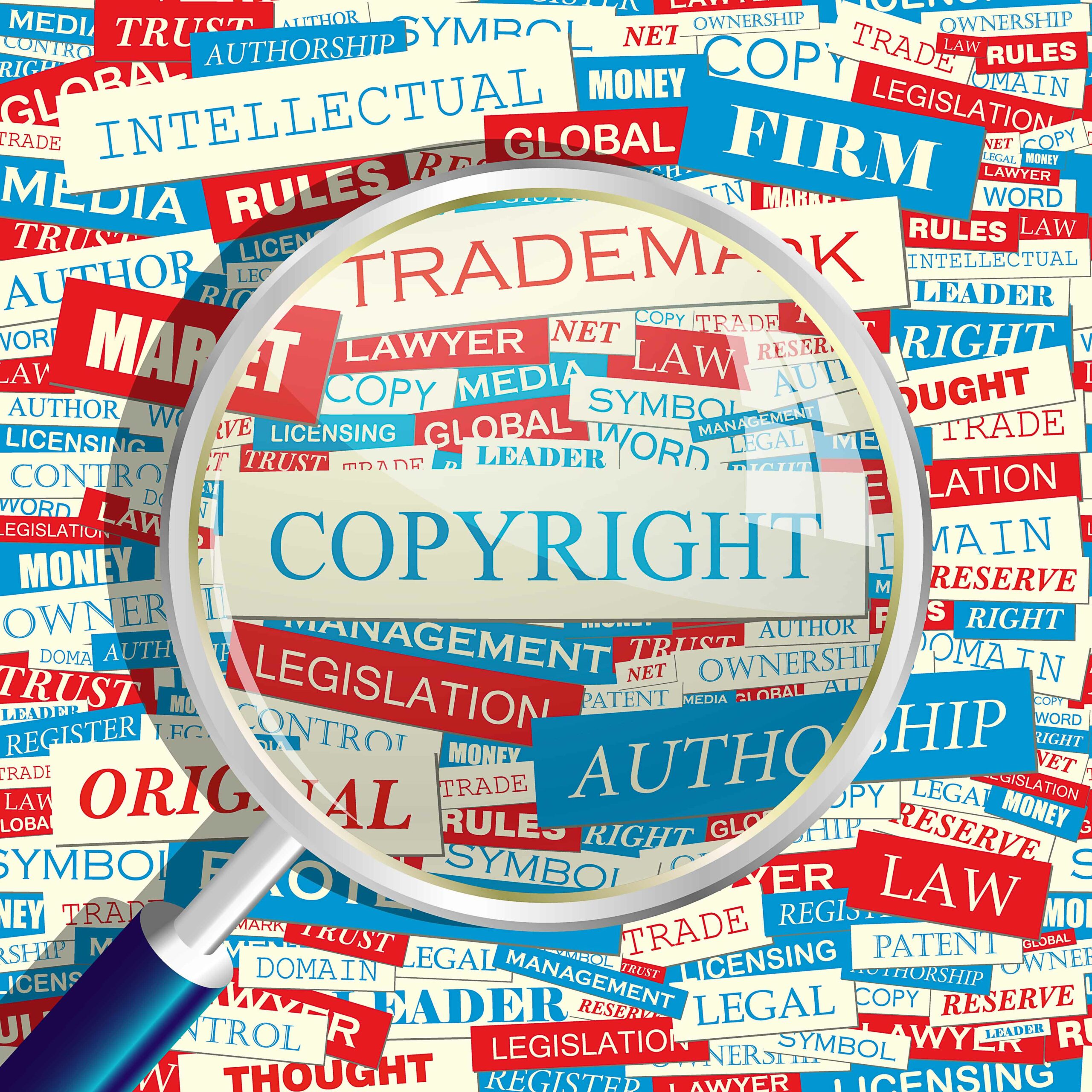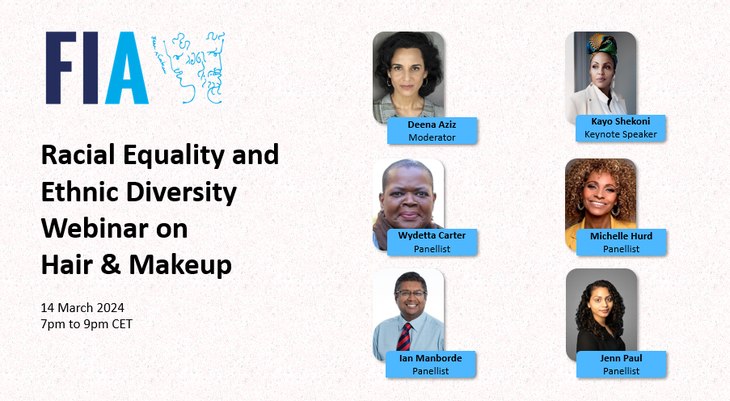The final adoption of directive 2019/790 on Copyright in the Digital Single Market has shifted the pressure onto the EU member States, who now have until June 2021 to tidy up their national legal systems and make them comply with the new European rules. Consultations with industry stakeholders are beginning to be a common feature for many EuroFIA members, who are now getting to grips with one of the most fiercely debated pieces of legislation approved during the last EU legislature. By addressing the biased contractual relations between performers and producers, the directive has ventured in an area previously shielded from all EU “interference” by the industry, appealing to the sacrosanct principle of “freedom of contract”. Chapter III in the directive seeks to increase transparency and give performers access to information about the revenue generated by the actual exploitation of their work. The directive recognizes that performers have the right to be remunerated proportionately and entitles them, or their representative organizations, to request contractual adjustments when profits grossly outshine the initially agreed level of pay. These provisions, including their recitals, are not easy to crack and leave many questions open for interpretation. Surely, they will lead to litigation that inevitably will reach out to the European Court of Justice for ultimate guidance. It will take years for this jurisprudence to straighten up what the EU decision-maker could not express otherwise without blowing all hopes of approval of the directive. At present, however, the EU member States are pondering how best to comply with this text and opportunities arise in this process for EuroFIA members to promote a meaningful reading of articles 18 to 23 in the directive. To assist with this process, FIA has prepared a succinct analysis of these provisions, highlighting both threats and opportunities and helping member unions promote more equitable terms for the performers they represent.
Whilst the European Commission is only marginally overseeing this process, it is playing a more prominent role to promote a uniform implementation of art. 17, better known as the “value gap” provision in the directive. A structured stakeholder consultation – gathering governments, content owners, users, civil society and online service providers – has been set up to help the European executive define guidelines outlining the responsibilities of record labels, audiovisual producers, publishers and video game editors, on the one hand, and content-sharing platforms on the other. The challenge is for the Commission to moderate the liability exemption that these platforms, thriving on advertising money drawn by protected content uploaded by their users, have traditionally invoked to avoid all liability – encouraging them to seek licenses from content right holders instead, whilst avoiding imposing systematic monitoring obligations of user behavior.
The first phase of the consultation has mostly mirrored the conflicting views vehemently expressed by stakeholders in the directive’s negotiation phase, e.g. record labels and publishers seeking to license content exclusively on their terms rather than on the basis of statutory mechanisms, major service providers seeking to define “best efforts” to avoid all liability for unlicensed content, start-ups aiming to define the terms of their special regime and users opposing all methodical filtering and monitoring by content-sharing platforms and expressing concerns about “false positives” (i.e. legally used content mistakenly tagged as an infringement of copyright) for use falling under existing exceptions and limitations. The audiovisual industry, on the other hand, has painstakingly argued that licensing content-sharing platforms is not an option, as it will disrupt its traditional distribution model based on exclusivity and territoriality. As the consultation enters its final phase, the Commission is clearly facing an enormous task if it is to deliver, as the directive requires, sharp guidelines with respect to one of the most controversial provisions in the copyright directive.
Meanwhile, upon pressure from FIA partnering with other performer organisations, the Commission has finally agreed to further examine a possible extension of the term of protection to audiovisual performances. The 2012 term extension from 50 to 70 years, as many will remember, was limited to sound recordings. Finally honoring an 8-year old commitment, the Commission has surveyed the audiovisual industry, including performers and their representative organisations, seeking justification for the extension and enquiring about the scope of commercial exploitation of audiovisual works after 50 years. FIA and its European members have provided solid arguments and encouraged the Commission to treat all performances the same. There are no valid reasons to uphold the present discrimination between audio and audiovisual recordings. A twenty-year extension would not stand in the way of public domain, as audiovisual works would still be protected by copyright – and for much longer. Whilst consumers would thus not be affected by this measure, performers would be entitled to earn some revenues from the exploitation of their work after 50 years, currently only enjoyed by producers.





